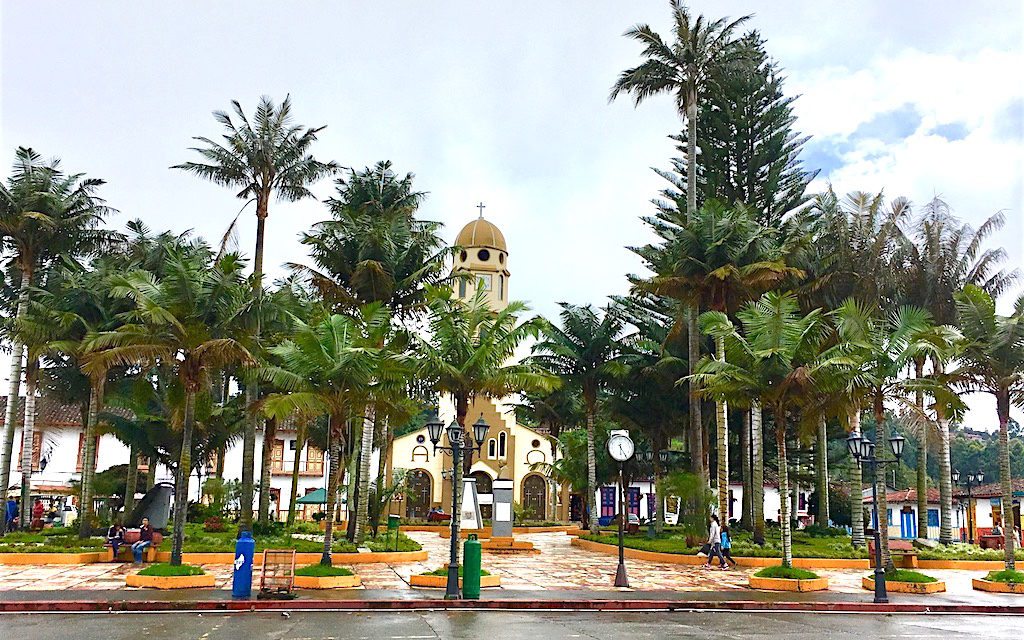Atonement, the process of seeking forgiveness for wrongdoings, mistakes, or outright sins, is deeply ingrained in human cultures for millennia, especially within the framework of the three major monotheistic religions. However, beyond its religious connotations, atonement serves a profound purpose in individual personal development and promoting social cohesion.
When we seek atonement privately or in public, it is not merely for the sake of appeasing others or a higher power that we may believe in. Often, it is instead for our own psychological healing and moral growth throughout the course of our lives. This lifelong process of self-reflection and reconciliation is vital for both personal improvement and societal progress.
Atonement plays a central role in the three major monotheistic religions: Judaism, Christianity, and Islam. Each religious tradition emphasizes the importance of repentance, asking for forgiveness, and making amends for past wrongdoing, albeit with distinct interpretations and practices unique to each religion.
In Judaism, atonement and seeking repentance is a core theme of the religion, especially during the recent holiday of Yom Kippur that just past last week, also known as, the Day of Atonement. This holy day in the Jewish calendar is marked by fasting from both food and drink for 24 hours, prayer, and introspection, where individuals seek forgiveness from God for their sins. However, Jewish teaching also emphasizes that for sins committed against other people, one must seek forgiveness directly from the person who was harmed or affected. Atonement, therefore, in the Jewish tradition, is not just a divine transaction but also a social responsibility.
In Christianity, atonement is primarily associated with the sacrifice of Jesus Christ, whose death is seen as a means for the reconciliation between God and humanity. However, Christians are also encouraged to confess their sins, seek forgiveness, and repent in their daily lives. This process of confession and reconciliation allows individuals to reflect on their shortcomings and work towards spiritual and moral renewal. The act of confession is usually done with a priest or a church leader privately, but it can also be done between the person who committed the wrongful act and the person(s) who were affected by it, like Judaism.
In Islam, atonement is closely linked to the concept of “tawbah” or repentance. Muslims are encouraged to seek forgiveness from God for their sins with sincerity and to avoid repeating the wrongdoing(s) again. The emphasis in Islam is on turning away from sin and seeking to live a righteous life in accordance with God’s will. Similarly to Judaism and Christianity, there is a focus on seeking forgiveness from those who have been wronged, which underscores the social dimension of atonement.
While the specific rituals and interpretations of atonement may vary, all the major monotheistic religions recognize the need for repentance, forgiveness, and moral correction. This demonstrates the universal human need to reconcile with the divine and the society when we err and do wrong.
Beyond religious imperatives, atonement serves as a powerful tool for personal development. By acknowledging our mistakes and seeking to rectify them, we embark on a journey of self-awareness and moral growth. The process of doing atonement often involves deep self-reflection and introspection. We are supposed to recognize not only the harm or indignity we may have caused others but also the deeper motivations behind our actions. This introspection allows us to understand our flaws, learn from our mistakes, and ultimately become better individuals.
Atonement, when done well, fosters emotional and psychological healing. Guilt and remorse, if left unchecked, can burden the conscience and prevent personal growth from ever occurring in the person who committed the wrongdoing. When we make amends, we release ourselves from the emotional weight of guilt, allowing us to move forward with a clearer conscience and a stronger sense of purpose. Atonement, then is not just about seeking forgiveness from others or from a higher power, but about forgiving ourselves and allowing ourselves the grace to grow.
Atonement also plays a crucial role in maintaining overall societal harmony and prosperity. No human society can function without a mechanism or a method for individuals to acknowledge and make amends for their wrongdoings. In fact, many legal and social systems are built around the concept of atonement, whether through restitution, punishment, or reconciliation. By allowing individuals the opportunity to atone for their mistakes, societies can offer a healthy path toward rehabilitation and reintegration rather than perpetual condemnation and disownment.
In a world where mistakes and sins are inevitable, the ability to atone ensures that all individuals are not defined solely by their errors and wrongdoing. Instead, they are given the opportunity to learn, grow, and go on to contribute positively to society. A society that does not allow for any kind of atonement, religious or secular, risks fostering resentment and alienation, while a society that encourages repentance and forgiveness cultivates greater compassion, empathy, and unity.
The act of Atonement is a deeply human practice that transcends religious boundaries. While monotheistic religions emphasize the importance of repentance and forgiveness, atonement also serves as a key tool for personal development and societal cohesion. By seeking atonement, we not only make amends for our wrongdoings but also embark on a path of self-improvement and to not make the same mistakes again. As individuals and as part of a society, the ability to atone allows us to learn from our mistakes, to heal from guilt, and build a more just and compassionate world.





